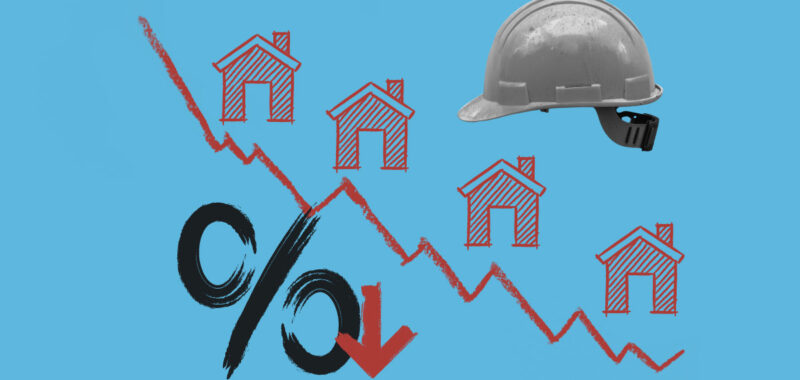
Online real estate marketplace Auction.com released data this week showing that demand for distressed homes — including bank-owned properties and foreclosures — shrank for a second straight quarter.
The company’s Auction Market Dispatch for third-quarter 2024 included a survey conducted in late September of more than 140 active buyers on the platform. While 45% said current market conditions were not impacting their desire to purchase distressed property, 34% said conditions were detrimental to their decisions. Only 21% said conditions are making them more willing to buy a home at auction.
The company noted that the supply of properties available at auction dropped to its lowest level since Q3 2021, when the post-pandemic federal foreclosure moratorium was still active. auction. Buyers have also been less active despite the Federal Reserve’s 50-basis-point cut to benchmark rates last month.
“Weaker demand from the local community developers buying at auction suggests continued weakness in the retail housing market into early 2025 given that those local community developers are anticipating retail market conditions about six months into the future,” Daren Blomquist, vice president of market economics at Auction.com, said in a statement.
“Collectively, bidding and buying behavior from these local community developers has foreshadowed retail home price trends by six to eight months over the last two years.”
Higher acquisition costs were the top headwind for purchasing property, cited by 55% of survey respondents. Higher rehabilitation costs (49%) and unfavorable mortgage rates (30%) were the next most common factors.
Mortgage rates have come down in recent months, but the average 30-year conforming rate stood at 6.65% on Thursday, according to HousingWire‘s Mortgage Rates Center. That figure was up 13 basis points over the past week. Rates are back to where they were in late August, although they are significantly lower than this year’s high-water mark of 7.58% in early May.
Political uncertainty was cited by about 10% of respondents as a factor in their business decisions. “The upcoming election has the world for me on hold since I don’t know who will win the White House,” according to one survey respondent.

Overall, the prices that buyers were willing to pay at auction relative to the estimated after-repair value dropped in Q3 2024 for bank-owned and foreclosure properties. But this varied by location as 28 of 65 metro areas analyzed (43%) saw this bid-to-value ratio grow during the year ending in September. This trend was led by smaller markets like Davenport, Iowa; Baton Rouge, Louisiana; New Haven, Connecticut; Milwaukee; and Columbia, South Carolina.
Conversely, the metros with the largest year-over-year decreases in their average bid-to-value ratios included San Francisco; Akron, Ohio; Portland, Oregon; and Tampa.

Shrinking demand at auctions occurred in tandem with constrained supply, Auction.com reported. The number of properties brought to foreclosure auction from July through September dropped by 2 percentage points from the prior quarter, while the number of bank-owned properties was up 1 percentage point from the prior quarter when supply was at a two-year low point.
Foreclosure supply at auctions is now at 44% of the pre-pandemic level in first-quarter 2020, while bank-owned supply is at 37%.
But supply varies widely by location, Auction.com noted. Relative to Q1 2020 levels, the states with the highest levels of foreclosure-auction supply were Connecticut, Louisiana, Oklahoma, Alaska and Colorado. The ratios in each of these states were 90% or higher. Georgia, New Jersey, Florida, Virginia and Nebraska had the lowest rates of supply compared to the pre-pandemic period at less than 30% each.

